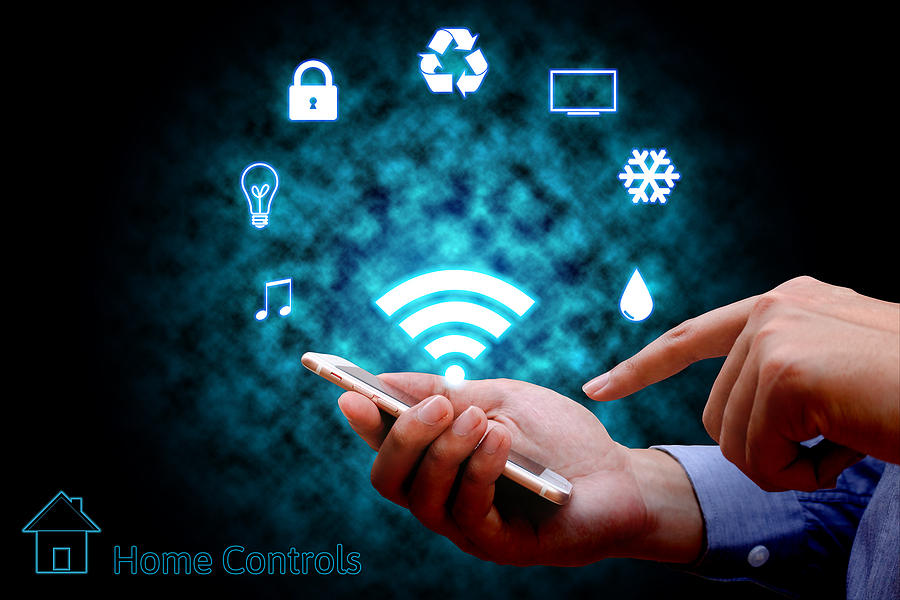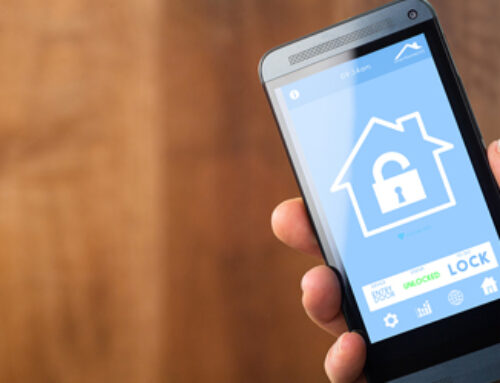
The Smart House in 2024: A Glimpse into the Future of Connected Living
The concept of the smart house has evolved significantly over the past decade, transforming from a novelty to a mainstream reality. In 2024, the smart home is no longer just about convenience—it’s a seamlessly connected ecosystem that enhances security, energy efficiency, entertainment, and overall quality of life. Technological advancements in artificial intelligence (AI), the Internet of Things (IoT), and automation have turned homes into highly personalized spaces where everyday tasks are managed effortlessly. In this article, we’ll explore how smart homes have advanced by 2024, what key technologies are driving these changes, and the impact these innovations are having on how we live.
Smart Home Ecosystems: The Central Nervous System of the House
In 2024, the backbone of any smart house is its ecosystem—a network of interconnected devices that communicate with one another and respond to the needs of the household. These devices are controlled by central hubs or platforms like Amazon’s Alexa, Google Home, or Apple’s HomeKit, each of which uses AI to anticipate and manage household tasks. Unlike earlier iterations, smart homes in 2024 have evolved into fully integrated systems where different devices and brands work together harmoniously.
- AI-Powered Home Automation: AI is the key driver behind the intelligence of the smart home. By analyzing data collected from various sensors and devices, AI algorithms can predict a user’s preferences, routines, and behaviors. For example, smart thermostats can learn when you’re home and adjust the temperature accordingly, while lighting systems can create customized ambiances depending on the time of day or your mood.
- Voice and Gesture Control: Voice control has become even more sophisticated in 2024. Virtual assistants can not only understand natural language better but also recognize context and intent. In addition to voice, gesture control has gained traction, allowing homeowners to control lights, blinds, and entertainment systems with simple hand motions. This provides an extra layer of convenience and accessibility, particularly for individuals with disabilities.
- Unified Device Management: Gone are the days when managing smart devices meant using multiple apps for different gadgets. In 2024, unified smart home platforms allow seamless control of all devices from a single interface. Whether it’s adjusting the lights, locking doors, or checking the security cameras, everything is accessible through a centralized app or through a voice command, making smart home management easier than ever.
Enhanced Security and Privacy Features
As homes become more connected, the need for robust security and privacy solutions has intensified. In 2024, smart homes are equipped with cutting-edge technology that offers unparalleled protection against both physical and digital threats.
- AI-Enhanced Security Systems: AI plays a pivotal role in enhancing home security. Smart cameras equipped with facial recognition software can distinguish between household members, guests, and intruders. If an unrecognized individual is detected, the system can send an alert to the homeowner’s smartphone and even notify the authorities if necessary. These cameras also feature advanced motion detection that reduces false alarms, such as those triggered by pets or wildlife.
- Smart Locks and Access Control: In 2024, smart locks have evolved to offer more than just keyless entry. They now integrate with biometric scanners, allowing homeowners to unlock doors with fingerprints, retinal scans, or even voice authentication. These locks can also generate temporary access codes for visitors or service providers, ensuring secure and flexible access control.
- Cybersecurity for IoT Devices: As smart homes become more connected, they also become more vulnerable to cyberattacks. To address these concerns, 2024 smart homes are equipped with dedicated cybersecurity systems that protect IoT devices from hacking attempts. These systems use AI to monitor network traffic and detect suspicious activities, alerting homeowners to potential threats. Manufacturers are also implementing stronger encryption protocols and regular software updates to ensure that devices remain secure.
Energy Efficiency and Sustainability
One of the most significant benefits of a smart house in 2024 is its contribution to energy efficiency and sustainability. As climate change becomes a pressing global issue, homeowners are increasingly looking for ways to reduce their carbon footprint, and smart home technologies are providing the tools to do just that.
- Smart Energy Management Systems: In 2024, energy management is handled by AI-powered systems that monitor and optimize energy consumption throughout the home. Smart thermostats, appliances, and lighting systems work together to reduce unnecessary energy usage. These systems can automatically adjust settings based on the time of day, occupancy, and even the local weather forecast. For example, smart windows can darken to reduce cooling costs on hot days, while smart thermostats lower the heat when no one is home.
- Integration with Renewable Energy Sources: More homes are integrating renewable energy sources such as solar panels and wind turbines into their smart energy systems. In 2024, smart homes can manage energy consumption based on the availability of renewable energy, storing excess energy in home batteries for use during peak times or when renewable sources aren’t generating power. This not only reduces reliance on the grid but also cuts down on energy bills.
- Water Conservation: Smart irrigation systems and water management tools help homeowners save water by using real-time data to adjust water usage. These systems monitor soil moisture, weather conditions, and plant needs to ensure optimal irrigation, reducing waste and supporting sustainability efforts.
Immersive Entertainment and Personalization
The smart home in 2024 has taken entertainment to a whole new level. From AI-curated media to fully immersive virtual reality (VR) environments, smart homes are designed to provide personalized and engaging entertainment experiences.
- AI-Driven Content Recommendations: Streaming platforms and media centers are now equipped with AI algorithms that understand user preferences better than ever before. By analyzing viewing habits and preferences, AI can suggest movies, music, and shows tailored to the specific tastes of household members, making entertainment more enjoyable and personalized.
- Home Theaters and Surround Sound: In 2024, home theater systems are fully integrated with smart home platforms, allowing for seamless control of audio and video. Surround sound systems can adjust audio levels based on where people are seated in the room, while smart lighting enhances the cinematic experience by automatically dimming when a movie starts.
- Virtual and Augmented Reality Integration: VR and augmented reality (AR) are becoming central to the smart home entertainment experience. Homeowners can immerse themselves in virtual environments, whether for gaming, movies, or even virtual travel experiences. With AR, everyday tasks like cooking or exercising are enhanced by interactive digital overlays that guide users in real-time.
Health and Wellness Monitoring
Health and wellness are becoming key components of smart home technology. In 2024, homes are equipped with devices that help monitor and manage health, creating a more proactive approach to personal well-being.
- Wearable Integration: Wearables like smartwatches and fitness trackers are integrated with the smart home ecosystem, enabling the house to respond to a user’s health metrics. For example, if a smart thermostat detects that the homeowner is sleeping, it can adjust the temperature to optimize sleep quality. Likewise, smart lighting can be set to gradually brighten in the morning to mimic natural sunrise, promoting better wakefulness and mental health.
- Home Gym and Wellness Rooms: Many smart homes now feature dedicated wellness rooms equipped with smart fitness equipment that offers personalized workout programs. Smart mirrors provide real-time feedback on posture and movement, while virtual trainers guide users through their exercises.
- Air Quality Monitoring: Smart air purifiers and ventilation systems in 2024 continuously monitor indoor air quality and adjust filtration settings based on the presence of pollutants, allergens, or humidity levels. These systems ensure that homeowners are breathing clean, healthy air at all times.
Conclusion
The smart house of 2024 is a testament to how far technology has come in making our lives more convenient, secure, and sustainable. From AI-powered automation to energy-efficient systems and immersive entertainment experiences, smart homes are not just futuristic—they are transforming the way we live today. As smart home technologies continue to evolve, we can expect even more advancements that will redefine the possibilities of connected living, making our homes smarter, more responsive, and more personalized than ever before.
Skyline IT Services Disclaimer: This document is intended to offer general information and guidance. It is recommended that you consult with your internal technical and / or legal team to review all details, application and / or policies before implementation or adaptation. This document is provided “as is,” without any warranties of any kind. Skyline IT Services disclaims any liability for loss or damage arising from reliance on the information contained in this document.



